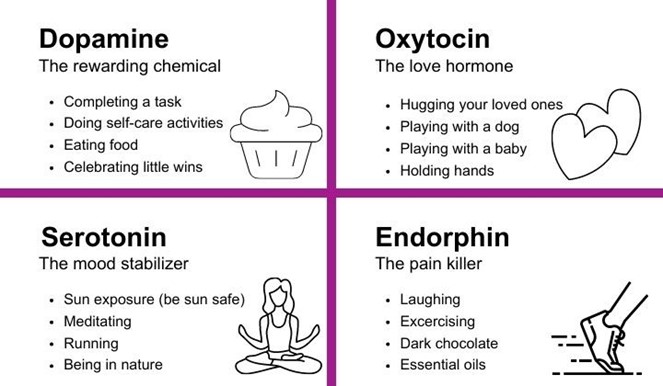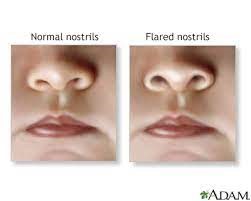A nurse is teaching a parent of a school-age child who is to begin a daily dose of methylphenidate. Which of the following should the nurse include in the teaching?
"You should administer the medication at bedtime."
"Your child should avoid foods containing tyramine."
"You should administer the medication after breakfast"
"Your child should avoid excess sodium intake."
The Correct Answer is C
Choice A reason:
"You should administer the medication at bedtime." This statement is incorrect option. Administering methylphenidate at bedtime is not appropriate because it is a stimulant medication, and taking it in the evening could interfere with the child's ability to fall asleep and disrupt their sleep pattern.
"Your child should avoid foods containing tyramine. “This statement is incorrect option. Tyramine is not a concern with methylphenidate. Tyramine is associated with certain antidepressant medications, such as MAO inhibitors. Methylphenidate is not a MAO inhibitor, so there is no need for the child to avoid tyramine-containing foods.
Option C: "You should administer the medication after breakfast." This is the correct option. Administering methylphenidate after breakfast is a common practice because it allows the child to benefit from the medication during school hours when improved attention and focus are needed the most.
"Your child should avoid excess sodium intake." This statement is an incorrect option. Excess sodium intake is not directly related to methylphenidate use. However, it is generally a good idea for anyone, including children, to have a balanced and healthy diet, which may include monitoring sodium intake. But it is not specifically tied to the administration of methylphenidate.
Nursing Test Bank
Naxlex Comprehensive Predictor Exams
Related Questions
Correct Answer is A
Explanation
- Cocaine is a powerfully addictive stimulant drug that increases the levels of dopamine in the brain, which is a chemical messenger related to movement, pleasure, and motivation.
- Cocaine's effects appear almost immediately and last for a few minutes to an hour, depending on the method of use. Some of the short-term effects of cocaine include extreme happiness and energy, mental alertness, hypersensitivity to sight, sound, and touch, and irritability.
- An elevated energy level is one of the most common and noticeable effects of cocaine use, as cocaine stimulates the central nervous system and makes the user feel more alert, active, and confident¹². This effect may also lead to increased physical activity, talkativeness, or aggression.
Therefore, option A is the correct answer, while options B, C, and D are incorrect.
Option B is incorrect because a powerful craving for more cocaine is not a behavior that can be observed by others, but rather an internal feeling that the user may experience due to the addictive nature of the drug.
Option C is incorrect because high self-esteem is not a typical effect of cocaine use, as cocaine may cause paranoia or anxiety in some users.
Option D is incorrect because euphoria is not a behavior that can be observed by others, but rather an emotional state that the user may feel due to the increased dopamine levels in the brain

Correct Answer is B
Explanation
A. Heart rate 136/min is a normal finding for a newborn. The normal range of heart rate for a newborn is 100 to 160/min.
B. Nasal flaring is an abnormal finding for a newborn. Nasal flaring indicates respiratory distress and may be caused by conditions such as pneumonia, meconium aspiration, or congenital heart defects.
C. Transient strabismus is a normal finding for a newborn. Transient strabismus is a temporary misalignment of the eyes that occurs due to weak eye muscles and poor coordination. It usually resolves by 3 to 6 months of age.
D. Overlapping of sutures is a normal finding for a newborn. Overlapping of sutures is caused by molding of the skull during delivery and allows the head to fit through the birth canal. It usually resolves within a few days after birth.

Whether you are a student looking to ace your exams or a practicing nurse seeking to enhance your expertise , our nursing education contents will empower you with the confidence and competence to make a difference in the lives of patients and become a respected leader in the healthcare field.
Visit Naxlex, invest in your future and unlock endless possibilities with our unparalleled nursing education contents today
Report Wrong Answer on the Current Question
Do you disagree with the answer? If yes, what is your expected answer? Explain.
Kindly be descriptive with the issue you are facing.
